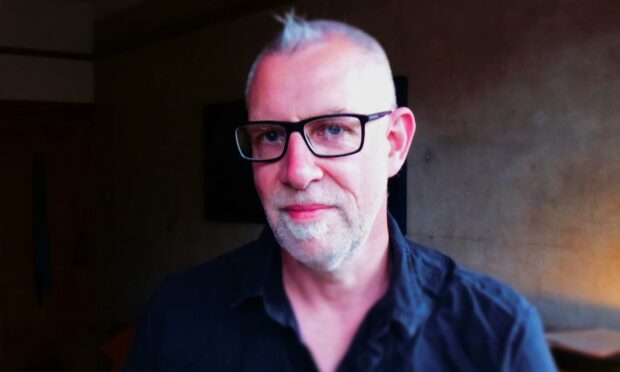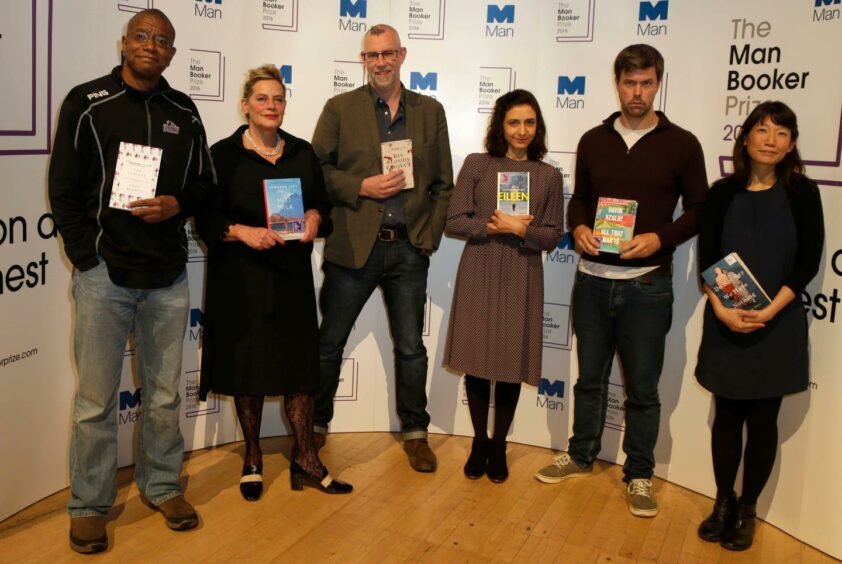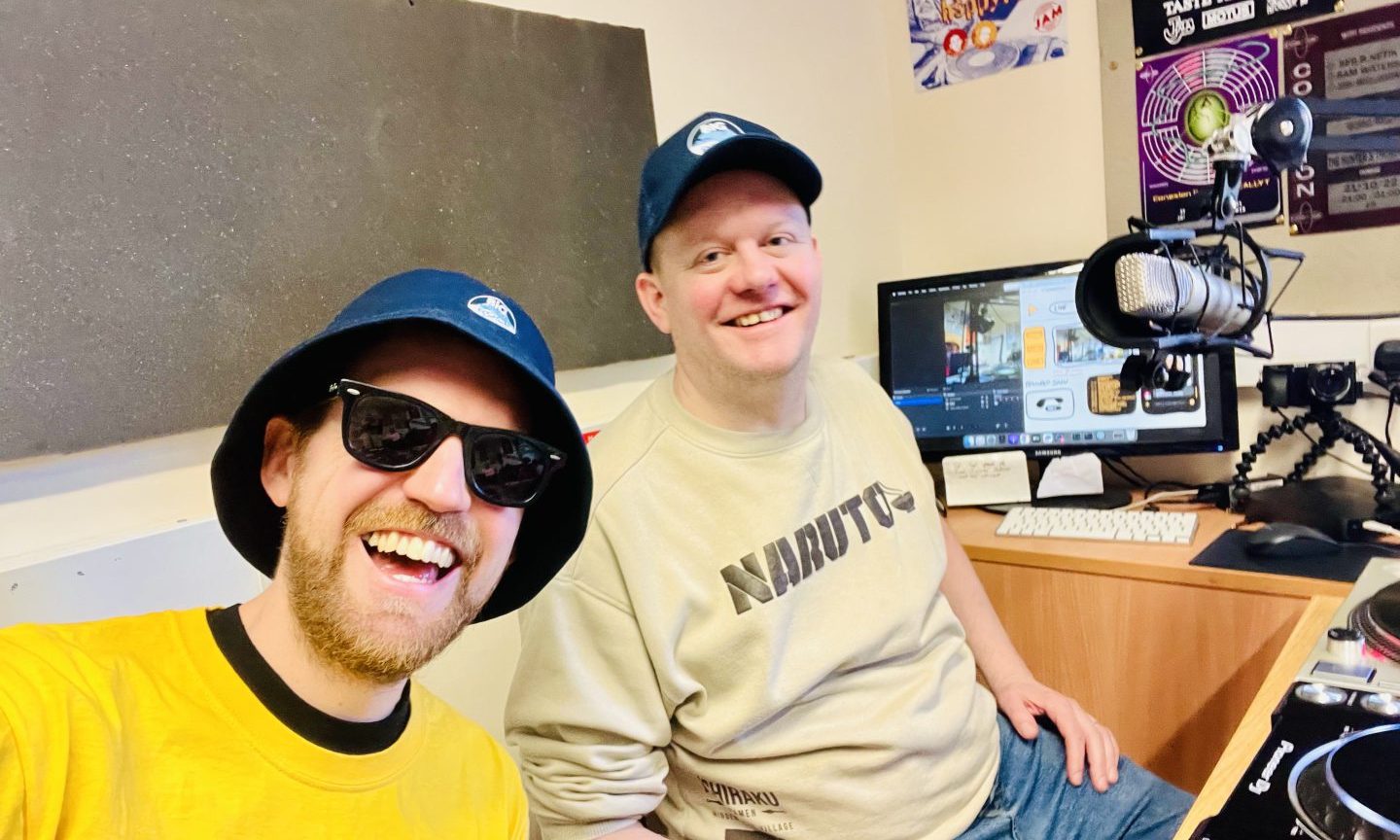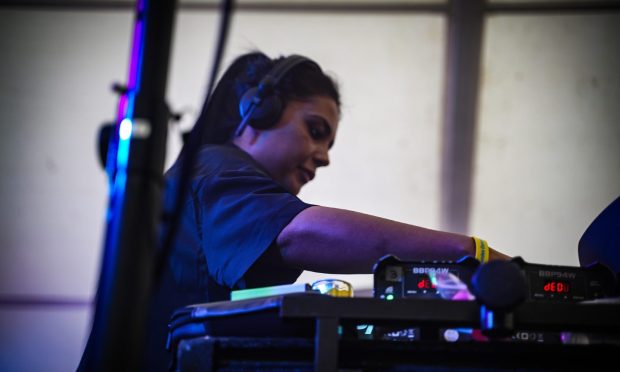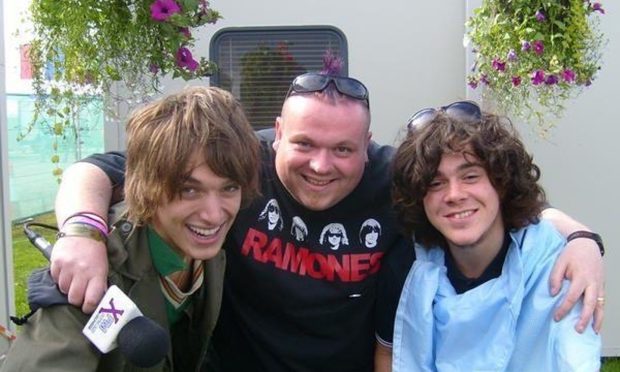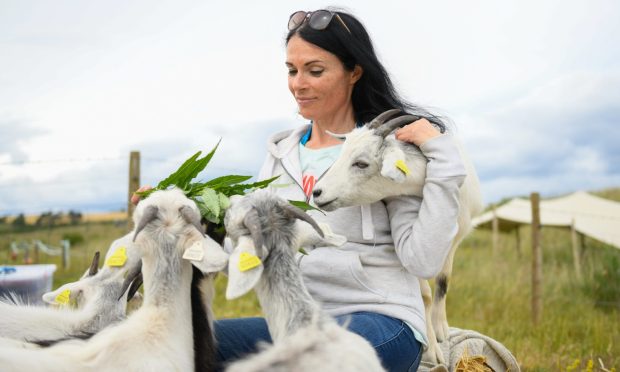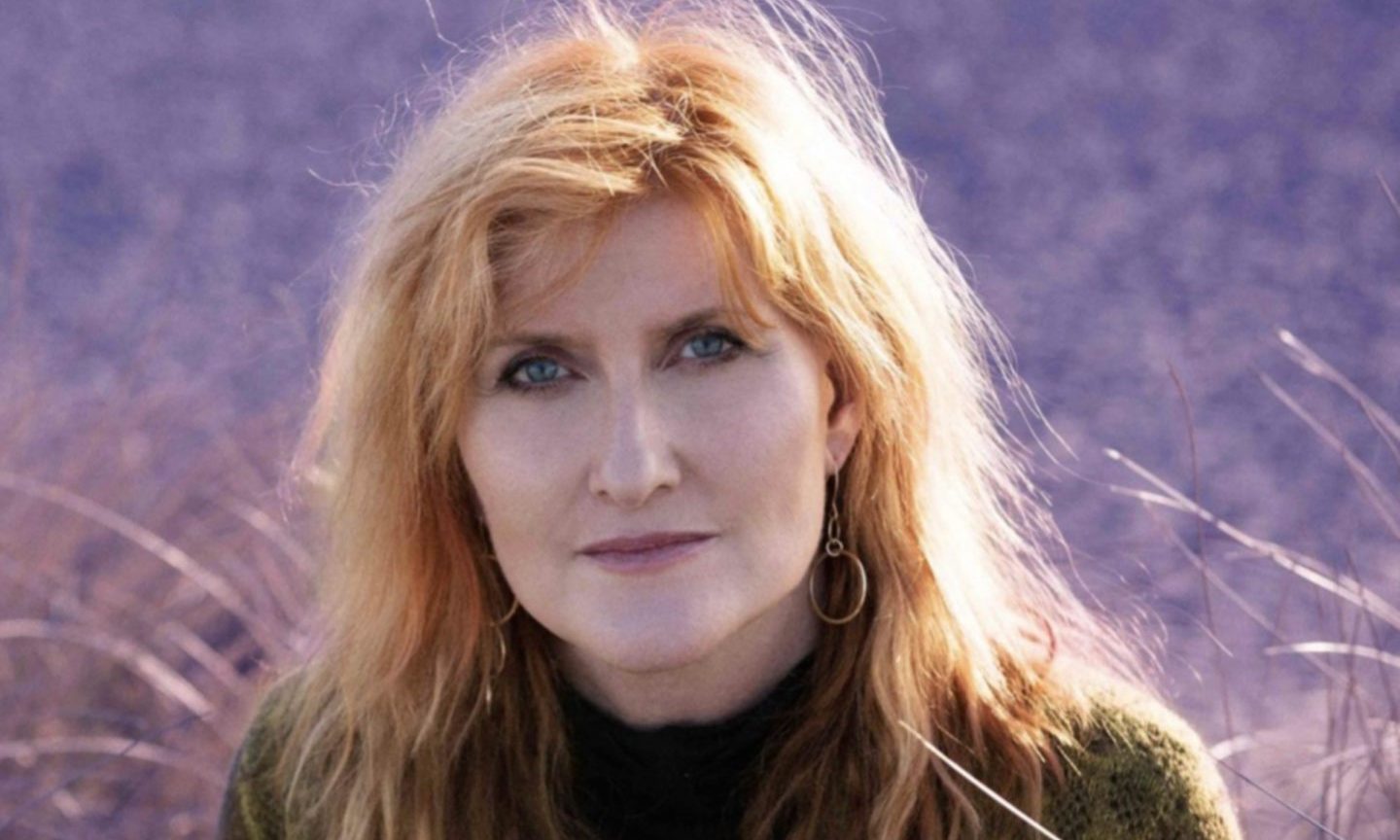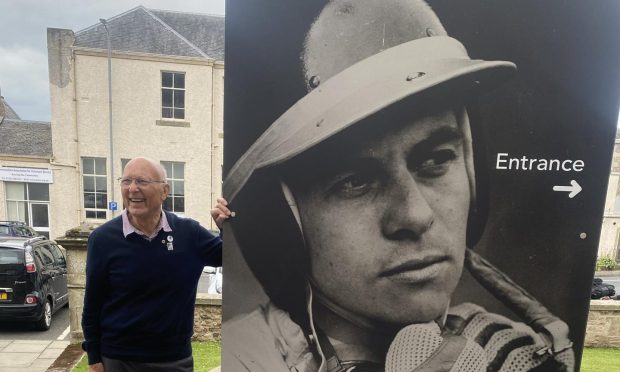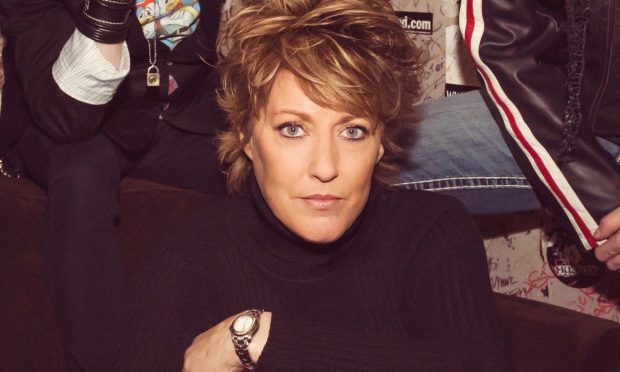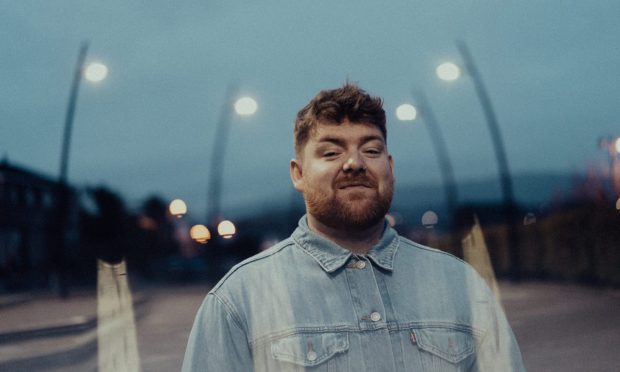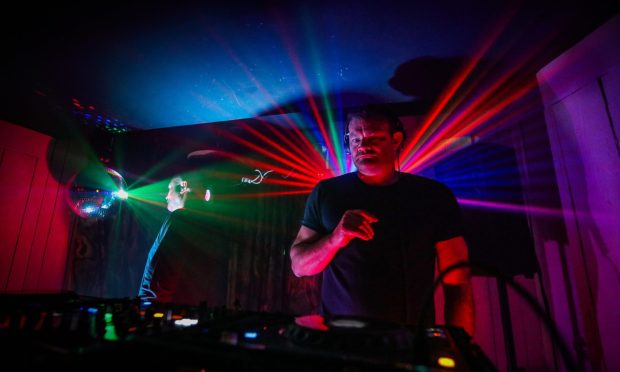Graeme Macrae Burnet shot to global literary fame after he was shortlisted for the 2015 Booker Prize for his intriguing novel, His Bloody Project. It was the book to read in 2016.
Now he has a new book out and Case Study is already causing a stir, earning very good reviews in all the right places since it published this month. His is a talent that shines brightly.
An unknown author at the time, making the Booker shortlist was, he says simply, transformative. Even if you were to win it twice, he adds, the first time remains the big moment.
An author’s life
“From that moment on I was able to make a living as a writer,” he says. As an author “you need to sell a lot of books to make even an average salary, and you have to do that every year.
His first novel The Disappearance of Adèle Bedeau sold a “respectable 1500 copies”, he says, but there was no way you’d make a living from it. “That’s the reality.”
Adèle Bedeau won a New Writer’s Award from the Scottish Book Trust.
His Bloody Project is a novel about a crime, rather than a crime novel, but written so convincingly it often sat in the True Crime shelves at bookshops.
Case Study has a similar authoritative voice and expertly weaves fact and fiction.
Set in 1960s London, it is an insightful, clever and exquisitely observed book.
Like Bloody Project, it contains no easy road map for the reader, rather the story is the thing. You are intrigued from the start.
Born in Kilmarnock
In conversation, Kilmarnock-born Macrae Burnet is thoughtful, modest and precise, and clearly an independent thinker.
Born in 1967, he has family ties to the northwest Highlands.
He has degrees in English Literature and International Security Studies from Glasgow and St Andrews universities respectively and, after university, taught English as a second language in Prague, Bordeaux, Porto and London, before working as a researcher with independent television companies.
He credits this with helping him to think visually – his prose his masterful and his imagery vivid. You step into his stories.
‘Ask 100 novelists…’
From the age of 16 he knew he wanted to write novels.
If you ask 100 novelists how they work, you will get 100 different answers he says, but he likes to think about how his characters would respond in certain situations.
“That,” he says “is when you know your character.” (The characterisation in Case Study is masterful.)
He might start with a premise – a triple murder in the case of His Bloody Project, or a sister disguising her identity to consult the radical psychologist she holds responsible for her sibling’s suicide in Case Study.
In time and place
When researching he puts himself in the time and place his work is set.
For this book, he read a lot of novels from the period, popular magazines like the Woman’s Journal from the ‘60s, and “a lot of accounts of psychiatric interaction, especially from the view of the patient.”
While he doesn’t do the masterclass circuit, he is a writer who engages with his reading community and feels the publishing industry needs to be properly supported.
Everybody suffers
“For one thing we need to encourage people to buy books from bricks and mortar bookshops.
“I will randomly pick a paperback from the 1990s, it’ll have cost £5.99, now a paperback can sell for £8.99 – books in UK are very, very cheap.
“We pay so little for them and then they are heavily discounted, and that erodes publisher’s income and that erodes author’s income, and at the end of the day everybody suffers; it downgrades it.”
Book clubs and writer’s groups are invaluable to novelists, he says, not least because they get people talking about a book.
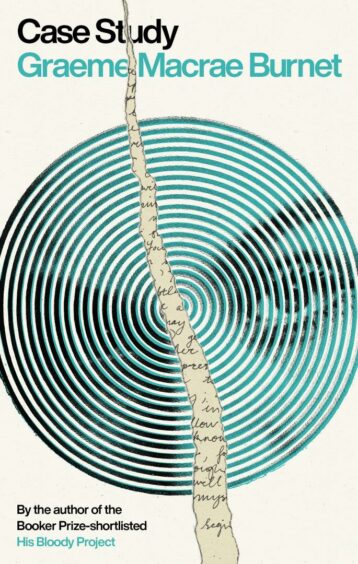
He’s not an e-book reader but commends the rise of audio books, and follows social media.
“I never get any flack, that’s because I’m terribly boring on it. I tweet about my books, about sunsets, about the neighbour’s cat that visits – you know, they’re all saying that’s a lovely cat…”
As for the keyboard warriors and online trolls, he notes the “terrible degree of misogynistic abuse directed at women. There is no excuse for that, ever.”
Wide horizons
A man of wide and varied reading tastes, the prolific Belgian novelist Georges Simenon has influenced him, and he is moved by French novelist and memoirist Annie Ernaux.
The universal themes of his own work transcend boundaries and “I don’t present myself as a Scottish writer – two of my books are set in France, one in Scotland, and one in London.”
Of course, as a successful contemporary Scottish author, he’s done his bit for putting his country on the map.
“Scotland is a small country,” he muses. “When I was in my twenties, travelling and working as a foreign language teacher, I was always surprised that people knew something about Scotland at all.”
We drift off into anecdote: “When I was working in television I found myself in Tblisi, Georgia, in the company of leather jacketed guys who may have been involved in unsavoury dealings.
“They were very masculine guys, it’s a very masculine culture. We all got very drunk and they started reciting Burns to me. They love Burns there…”
Buy a copy: Case Study, Saraband, £14.99.
